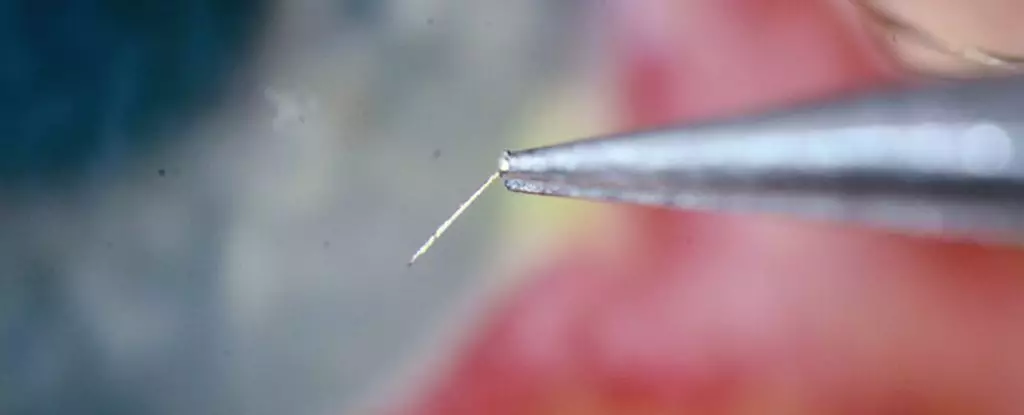In a rare and unfortunate case study from Wills Eye Hospital in Philadelphia, a 55-year-old man found himself with a bee stinger stuck in his right eye. The man sought help at a local emergency department, where attempts were made to remove the stinger. However, much of the barbed appendage remained embedded in his iris, leading to worsening vision and pain over the following days.
After his condition deteriorated, the man sought help from an ophthalmology clinic. Specialists used fluorescent dye and a specialized microscope to locate the tiny foreign object embedded in his eye. With the use of jeweler’s forceps, the rest of the stinger was removed, and the patient was prescribed eyedrops to aid in his recovery.
Bee and wasp stingers are barbed, allowing them to “saw through” eye tissue and release venom deep into the eye. This can result in severe inflammation and potential complications if not promptly addressed. In some cases, part of the bee’s abdomen can also become lodged in the eye, exacerbating the damage.
In the case of the 55-year-old man, prompt intervention by ophthalmologists at the clinic led to a successful removal of the stinger and a prescription for antibiotics and steroids. After five months, the man’s vision had improved to nearly 20/25, highlighting the importance of seeking immediate medical attention in cases of ocular bee stings.
It is crucial to note that while removing the stinger can stop the body’s immune reaction and improve symptoms, it may not always be necessary or advisable. In some instances, leaving the stinger in place is preferred to avoid further damage, especially if surgery is required for removal. Fortunately, in this particular case, the stinger was successfully extracted without causing additional harm.
The case study of the 55-year-old man serves as a stark reminder of the potential dangers of bee stings to the eye. Prompt medical intervention, specialized treatment, and careful consideration of treatment options are essential in ensuring the best possible outcome for patients affected by ocular bee stings.



Leave a Reply